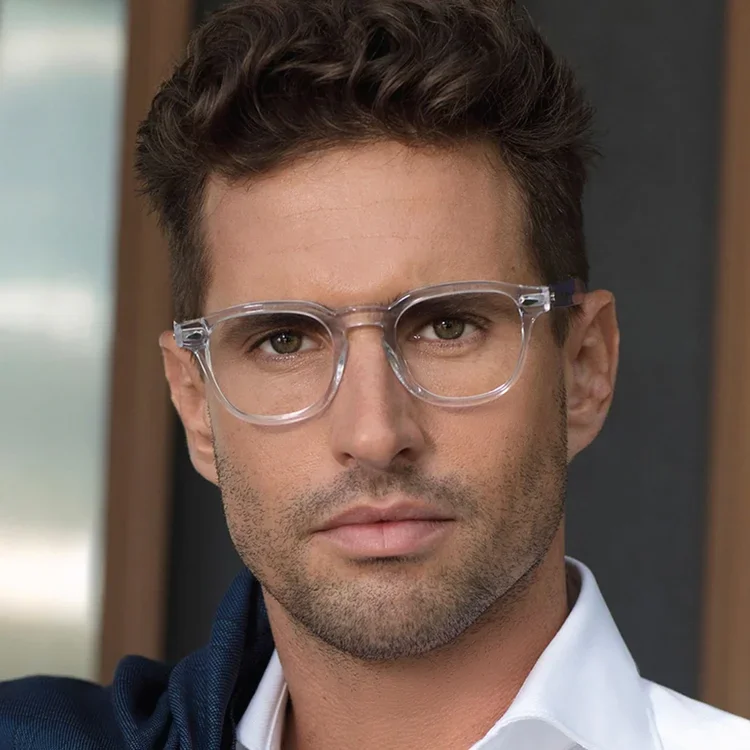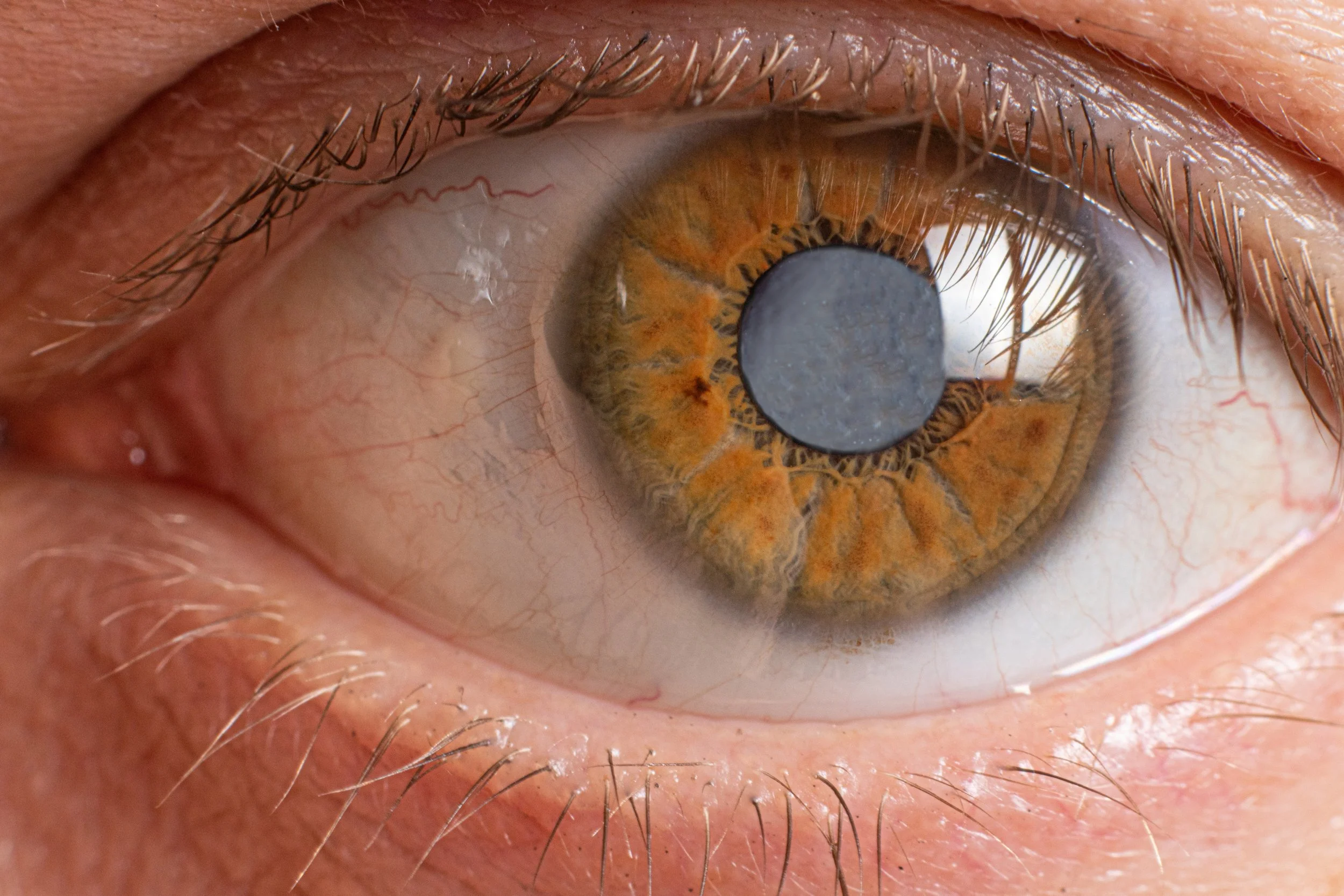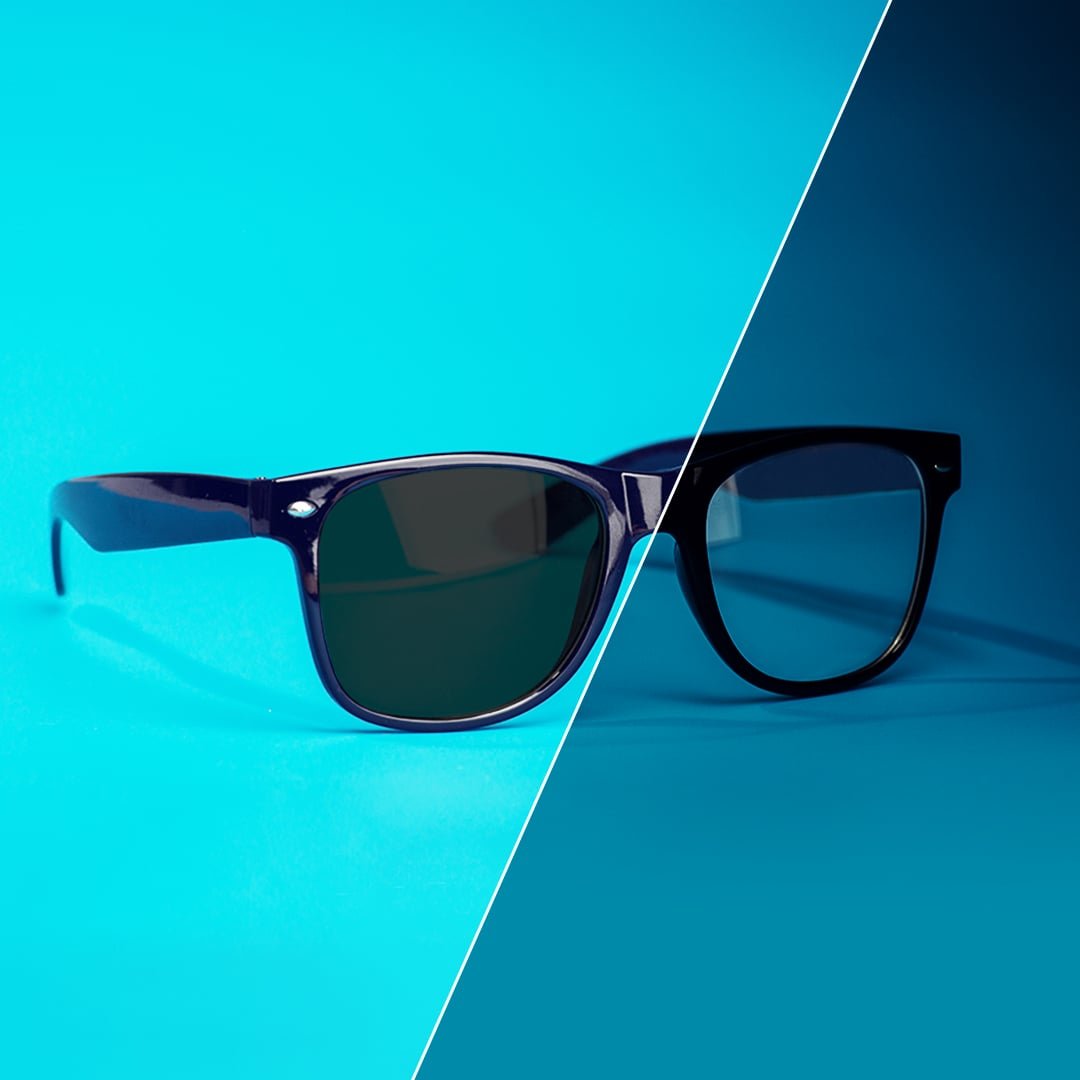As optometrists, parents often ask us about screen time for kids. It is often a home battle, and as with most parenting, it’s all about finding the balance. Too much chocolate is also not good for us! Screens are just part of daily life – smart phones, ipads, laptops are just normal for our kids. This technology offers numerous benefits, such as enhanced learning opportunities and entertainment, parents are right to be mindful of how it affects their children's vision and overall eye health.
It's no secret that prolonged screen use can affect our eyes. However, children’s eyes are more vulnerable than adults because they are still developing and growing. Extended screen time can lead to a range of vision-related issues, and while some are temporary, others can cause long-term damage.
Digital Eye Strain One of the most common problems caused by too much screen time. Symptoms include dry, itchy, or red eyes, blurry vision, headaches and difficulty focusing. Children may not always be able to express discomfort, so parents should look for signs like squinting, rubbing their eyes, or complaining about headaches. This condition is largely due to staring at screens for extended periods without giving the eyes a break.
Short-Sightedness (Myopia). This is when it becomes difficult seeing objects in the distance clearly. Studies show that children who spend more time indoors, especially on screens, are at a higher risk for developing myopia.
Blue Light Exposure Many screens emit blue light, which can interfere with sleep patterns, especially if using devices before bedtime. Although blue light exposure does not have strong evidence to cause permanent eye damage, excessive screen time can cause visual discomfort and disrupt the body’s circadian rhythms, leading to poor sleep and tired eyes.
So how do parents help safeguard your child's eye health. We recommend that to reduce the negative effects of screen time:
·Follow the 20-20-20 Rule To prevent digital eye strain, encourage your child to follow the 20-20-20 rule: every 20 minutes of screen time, they should take a 20-second break and look at something 20 feet away. This simple habit helps reduce eye fatigue and gives their eyes a much-needed rest. And yes, it is a bit American – we know 20 feet to be 6m, but they mean “look far away”.
Limit Screen Time – this is the biggest question we get asked – how long is ok? A recent NZ Paediatric Society recommendation for use of digital technology in schools and early childhood education has
o Under 2 – no screen time
o Age 2-5 – minimal screen time with maximum session length 15 minutes
o Age 6-12 limted use in class with maximum session 20 minutes and not more than 1/3 of the school day
o Age 13- 18 having eye-breaks every 20 minutes, or changing tasks
Encourage Outdoor Activities Make outdoor play a priority, spending time outdoors can help reduce the risk of myopia. Whether it's playing in the park, riding bikes, or simply walking, time outdoor is protecting young eyes from developing and progressing myopia.
Create a Screen-Free Zone Before Bed set up a “no screen time” policy at least 1 hour before bedtime is a good practice to improve your child’s sleep quality. Encourage reading a book, drawing, or engaging in other non-digital activities to wind down. Exposure to blue light from screens can delay the production of melatonin, a hormone that helps us all fall asleep.
·Adjust Screen Settings Many devices now come with features like blue light filters or night modes to reduce the amount of blue light emitted from screens. Enabling these settings can help make screen time less straining on your child’s eyes, especially in the evening.
·Regular Eye Check-ups Just like with any other health concern, it’s important to keep regular appointments with an optometrist. If you notice any signs of vision issues—like squinting, difficulty reading from a distance, or complaints of blurry vision—don’t hesitate to schedule an eye exam for your child. Early detection and treatment are essential for maintaining good eye health.
To balance up why it’s not “NO screens” the benefits if used wisely are:
Educational Content There’s a wide variety of educational apps and websites that can help children learn in fun and interactive ways. From language development to math skills, technology can be a powerful tool for learning, especially when it is part of a balanced routine.
Social Connections For older children, digital platforms connect with friends and family, fostering social interactions and relationships. This is important, being part of a community, digital connections are normal.
·Creativity and Hobbies Creative apps, digital drawing tools, and interactive games can help children develop new hobbies, whether it’s drawing, designing, or playing musical instruments. When combined with outdoor activities, this creative digital play can foster well-rounded development.
So it’s all about balance!
As parents, it's our job to ensure that children develop healthy habits when it comes to screen time. By encouraging outdoor play, maintaining regular eye check-ups, and setting screen time limits, you can help ensure your child’s eyes stay healthy as they navigate the digital world.
The old phrase “everything in moderation” reminds that balance is key—moderation in screen use, along with good habits, will set your child up for a healthy relationship with technology. For school-aged children, managing screen time outside of homework or learning activities is crucial. The balance is if kids are on screens they aren’t getting the ideal 2 hours outdoor time.




























